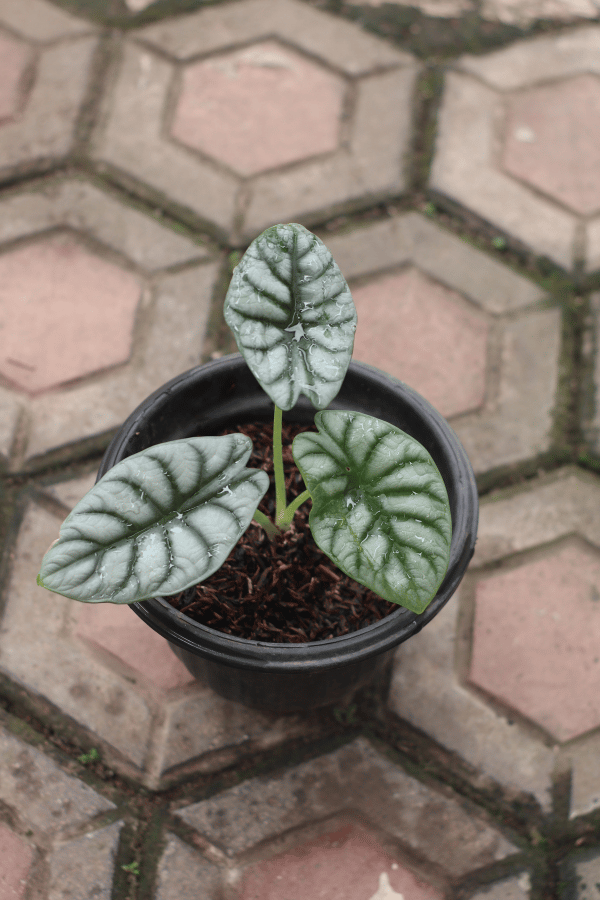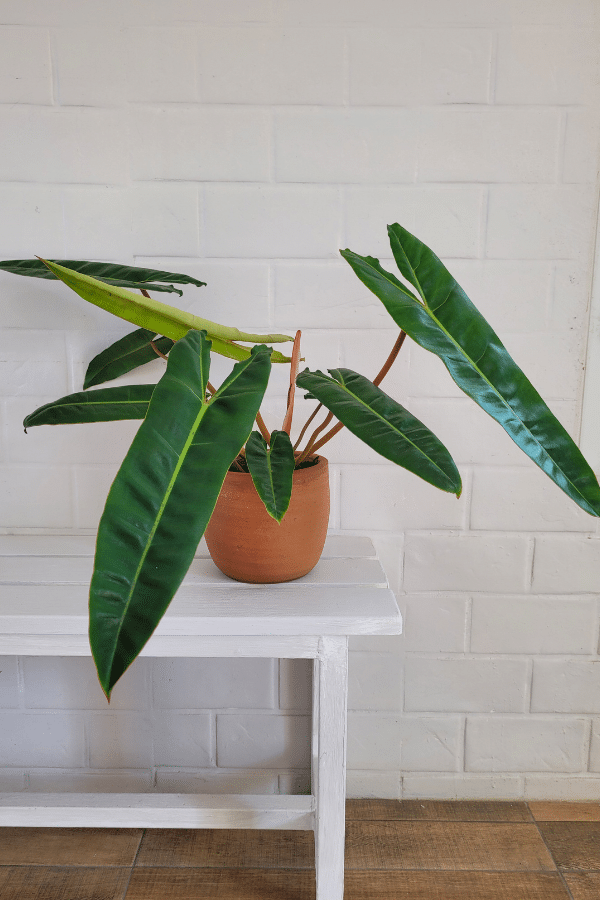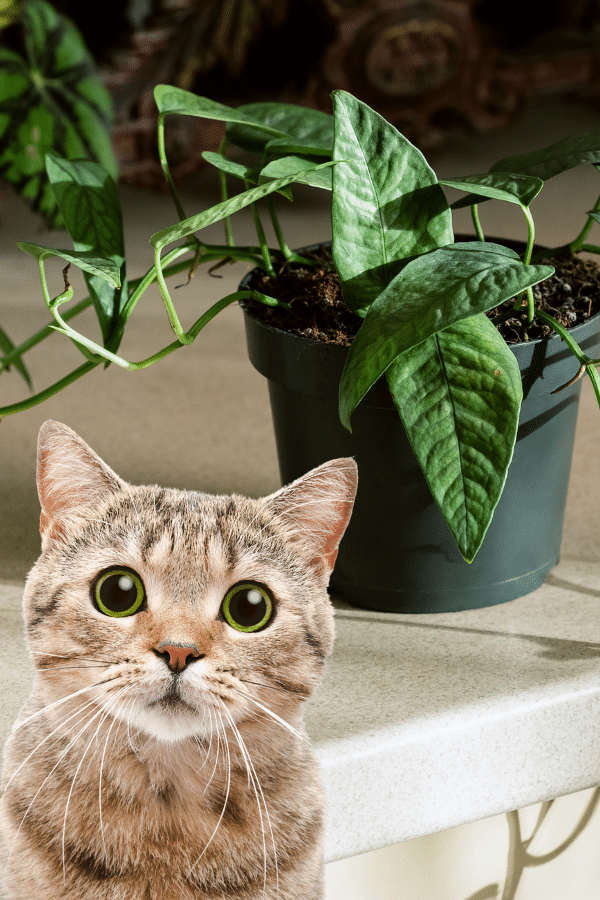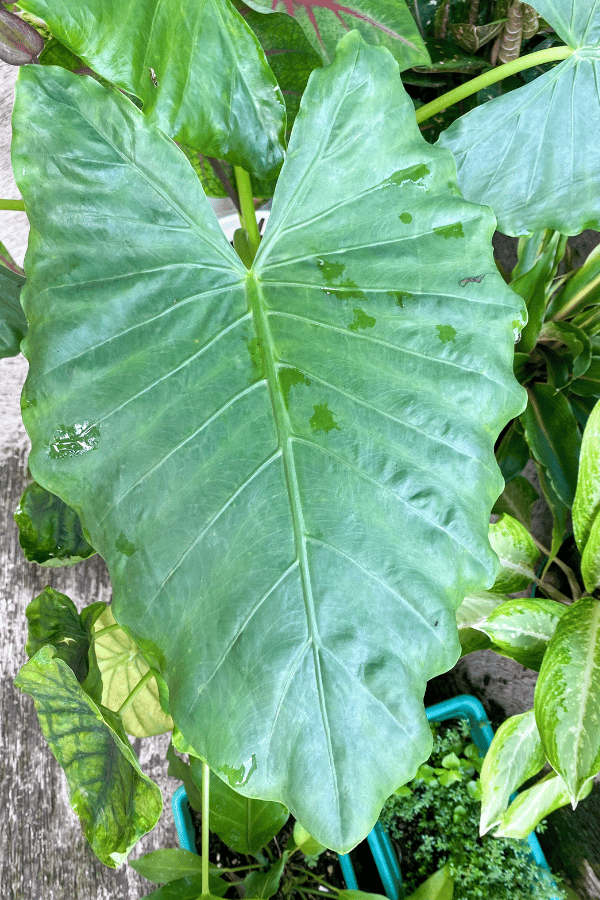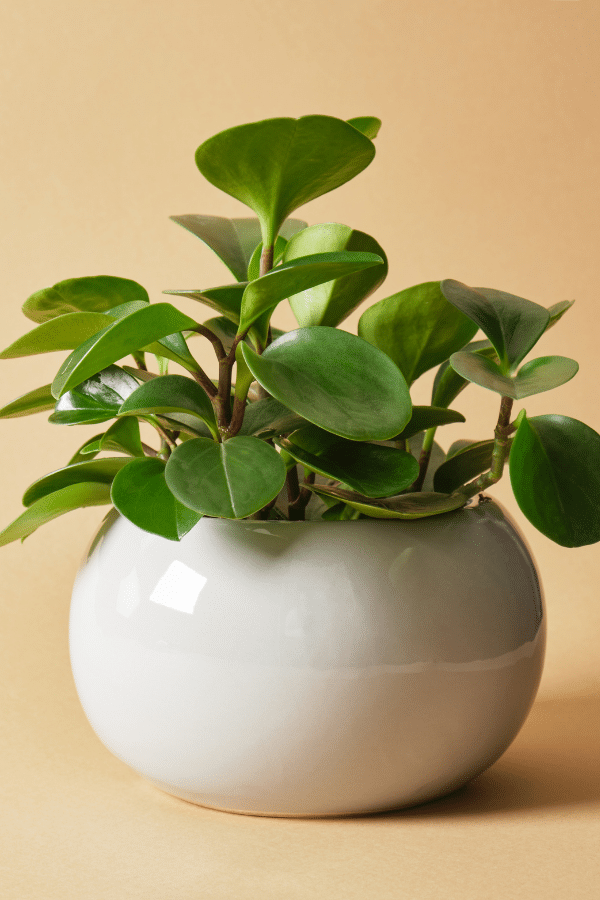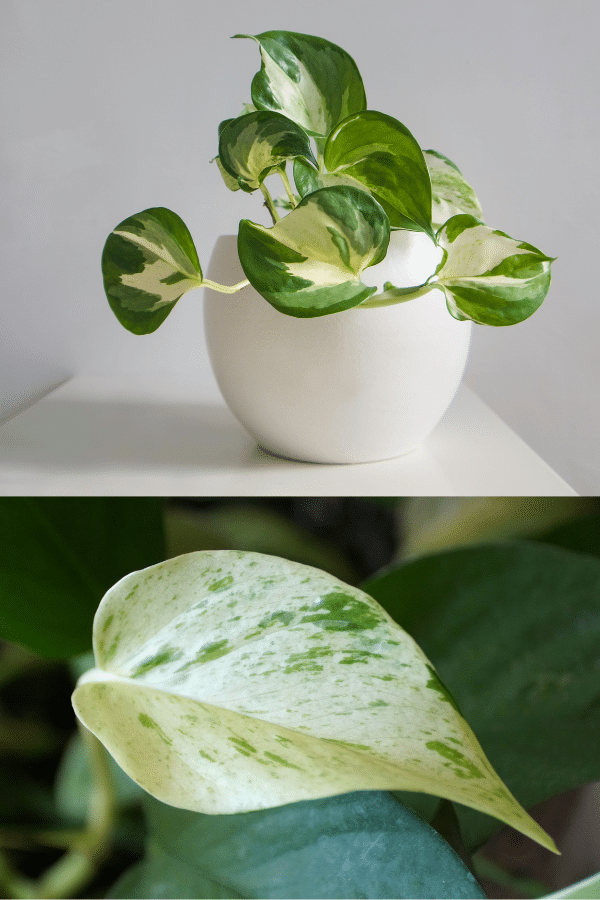Philodendron Xanadu
Scientific Name: Thaumatophyllum Xanadu
Common Name: Philodendron Xanadu
Philodendron Xanadu care is easy if given an environment close to its natural habitat. If you want a houseplant that won’t get too big but will give you a unique and medium-size plant, let’s see if a Philodendron Xanadu plant may be for you.
To give this Philodendron plant the best care, it requires well-draining soil rich in organic matter, allow the soil to dry out halfway before watering, provide the plant with bright indirect sunlight, temperatures ranging from 75-85F, with moderate to high humidity levels.
Quick Care Overview
| Common Name | Philodendron Xanadu |
| Scientific Name | Thaumatophyllum Xanadu |
| Family | Araceae |
| Origin | Brazil |
| Growth Rate | Medium |
| Identification | Toothed green leaves |
| Height | Up to 4 feet tall |
| Soil | Well-draining soil |
| Water | Water when soil is half dry |
| Temperature | 75-85F |
| Sunlight | Bright indirect sunlight |
| Toxic to Cats & Dogs | Yes |
| Toxic to Humans | Yes |
| Pests | Aphids, scale, spider mites |
| Diseases | Leaf Spot, Blight |
Below we will dive deep into this Philodendron Xanadu care guide.
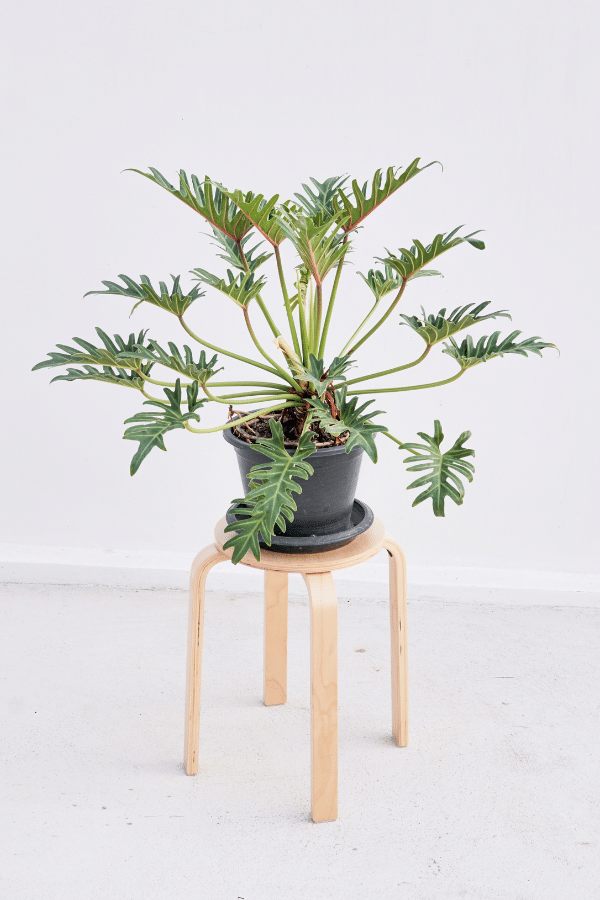
Philodendron Xanadu History
Philodendron Xanadu, otherwise called Winterbourn, is a non-vining, easy-to-care-for houseplant with refreshing, vibrant, green-toothed foliage that will brighten up any room. This impressive tropical plant is perfect for beginning gardeners that flourish indoors. Philodendron Xanadu was created in the late 1980s from a Tree Philodendron (Selloum) in Australia.
Philodendron Xanadu Identification
Having distinctly toothed green foliage, this non-vining Philodendron reaches an impressive size and breadth.
Philodendron Xanadu Growth Facts
This quick-growing plant is extremely easy to care for and becomes quite lush and large.
How Big Does a Philodendron Xanadu Get?
This Philodendron will grow up to 4 feet tall and up to 6 feet wide, but when grown indoors will tend to stay more compact.
Philodendron Xanadu Care
Being an extremely easy plant to care for, it is perfect for beginners or those looking for a plant they don’t have to tend to much.
Philodendron Xanadu Soil
This tropical plant likes to be grown in a well-draining soil for Philodendrons that is rich in organic content. A good soil mixture for this plant is a combination of peat moss or coco coir and compost mixed with perlite. This mixture will not keep the soil overly saturated with water but will remain moist and well-draining.
Philodendron Xanadu Fertilizer
This Philodendron will benefit from a monthly feeding from a balanced liquid fertilizer that includes micronutrients. Ensure that you follow all label instructions and do not overfertilize. Additionally, this plant should not be fertilized in late fall or winter. If your Philodendron has stopped growing and has ample light, it may indicate that it needs more fertilizer.
Philodendron Xanadu Watering
Philodendron Xanadu likes to be watered deeply and all of its excess water drained through its container holes. You should allow about half of this plant’s soil to dry completely before rewatering again. Watering too frequently can cause issues such as yellowing of the leaves.
Philodendron Xanadu Light Requirements
This Philodendron likes to have a little bit more light than other philodendrons. Bright, indirect plant to a bit over direct morning sun will benefit this plant. If this plant is kept in too much darkness, stems will become leggy. However, too much direct sun will cause the foliage to turn yellow.
Philodendron Xanadu Temperature & Humidity
This Philodendron prefers to be grown in warm temperatures, between 75 to 85 degrees Fahrenheit but will tolerate nighttime temperatures down to 65 degrees. This plant loves to be grown in moderate to high humidity but will tolerate average indoor humidity. However, if you’d like to help this plant thrive, install a humidifier, place a pebble tray under the pot, or mist your plant. Additionally, you may set your plants close to other plants to create a microclimate to boost humidity.
Repotting Philodendron Xanadu
You should repot your plant when the plant’s roots are sticking out from the drainage holes of its container. The best time to repot your plant is in the spring. Select a container that is 2 inches larger than the previous container with plenty of drainage holes. You should water your Philodendron 24 hours before repotting and water thoroughly after potting to reduce transplant shock. After repotting, place your plant in indirect light.
Philodendron Xanadu Maintenance & Pruning
While this Philodendron does not require much in the way of pruning, periodically you should remove any diseased, dead, or discolored foliage using clean, sharp shears.
Philodendron Xanadu Propagation
Propagation of Philodendron Xanadu is easy through either stem cuttings or root division. Stem cuttings notoriously develop fast when propagated. To complete root division, remove the plant from its container, divide the root cluster into sections and plant each section into its own container with fresh soil. Water thoroughly and put your newly potted plants into their own container. Alternatively, you may take a stem cutting that is at least 3″ long using a sterilized blade. Remove bottom leaves and place the cutting(s) into fresh potting mix. Water thoroughly and put your planted cutting into indirect light. Your plant should root within a few weeks.

Philodendron Xanadu Toxicity
Like other Philodendron varieties, the Philodendron Xanadu contains calcium oxalate crystals making it toxic to humans, cats, and dogs.
Toxicity to Humans
Philodendron Xanadu is considered toxic to humans and should never be ingested. The calcium oxalate crystals within this plant can cause burning, itching, pain, and inflammation.
Toxicity to Cats & Dogs
This plant is considered toxic to pets and should never be allowed to be consumed. If you suspect that your pet has ingested any portion of this plant, contact your veterinarian or animal poison control immediately.
Philodendron Xanadu Problems
Philodendron Xanadu Leaves Turning Yellow
Philodendron Xanadu may turn yellow when exposed to too much sunlight. Additionally, this plant may turn yellow due to too much water.
Philodendron Xanadu Leaves Turning Brown
The most common cause of browning of the foliage is due to underwatering or lack of humidity.
Philodendron Xanadu Diseases
This plant may become susceptible to a bacterial or fungal disease such as leaf spot or blight, typically due to overwatering or too high humidity. Upon identifying plant disease, isolate your plant, and treat it with fungicide. Ensure that you follow all label instructions.
Philodendron Xanadu Pests
Philodendron Xanadu may become susceptible to a range of indoor houseplant pests such as aphids, spider mites, scale, and more. Upon identifying an infestation, isolate your plant, and treat with a pesticide.

